The October issue of the OIF E-Newsletter is here! Read about Updates from the OIF, OI Research, Upcoming Events, and more at https://mailchi.mp/oif/october2024
The October issue of the OIF E-Newsletter is here! Read about Updates from the OIF, OI Research, Upcoming Events, and more at https://mailchi.mp/oif/october2024
The OI Foundation would like to bring your attention to an update from Ultragenyx!
The OI Foundation is now on TikTok!
As part of our commitment to connecting with the OI community and spreading awareness in new and engaging ways, we’ve joined TikTok! Be sure to follow us @oifoundation to stay updated with all the latest content and to join us in our mission to raise OI awareness.
How You Can Get Involved:
Thank you for your continued support and for being a part of our community. Let’s make some noise on TikTok!
The September issue of the OIF E-Newsletter is here! Read about Updates from the OIF, OI Research, Upcoming Events, and more at https://mailchi.mp/oif/sept2024
The Michael Geisman Fellowship Grant program awards funding to post-doctoral trainees who are currently working on projects with clear relevance to osteogenesis imperfecta (OI), or who have projects that will enable them to develop expertise in OI research.
Applicant Requirements:
Fellowship Guidelines:
How to Apply:
If you have any questions, please contact bonelink@oif.org.
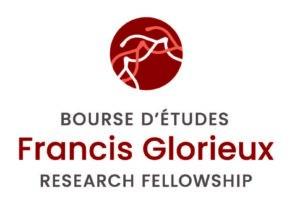 NEW! Francis Glorieux Research Fellowship Grant
NEW! Francis Glorieux Research Fellowship GrantNew this year, the Canadian OI Society (COIS) is proud to announce the Francis Glorieux Research Fellowship for Medical Research. Funded by the COIS, this Research Fellowship honors the lifetime work and achievements of Dr Francis Glorieux, a current member of the OI Foundation’s Medical Advisory Council. Dr. Glorieux served as Chair of the OIF’s Medical Advisory Council from 2009-2024. His groundbreaking research into the treatment and care of OI patients and his commitment to the global community is world renowned. This Fellowship provides an opportunity for medical researchers to continue Dr. Glorieux’s legacy by making important and far-reaching contributions to OI research and the OI community.
The grant awards $75,000 CAD per year to post-doctoral trainees who are currently working on projects with clear relevance to osteogenesis imperfecta (OI), or who have projects that will enable them to develop expertise in OI research. Applications are due October 21, 2024. Special consideration will be given to Canadian applications.
Applicant Requirements:
Fellowship Guidelines:
How to Apply:
The August issue of the OIF E-Newsletter is here! Read about OIF National Conference, Updates from the OIF, Back to School Tips, Upcoming Events, and more at https://mailchi.mp/oif/august2024
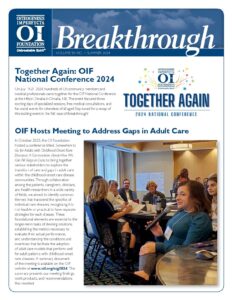 Have you read the latest issue of the OIF’s Breakthrough Newsletter?
Have you read the latest issue of the OIF’s Breakthrough Newsletter?
The July 2024 edition of Breakthrough features new OIF Programs and Resources, OIF Regional Support Groups, Back to School Resources, OI Research, OIF membership, and more! Click the button below to check out this issue.
Click here to read this issue!
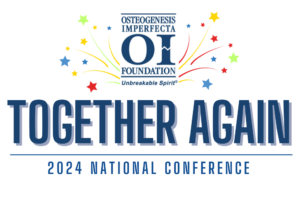 Thank you for joining us at OIF National Conference 2024 in Omaha, Nebraska!
Thank you for joining us at OIF National Conference 2024 in Omaha, Nebraska!
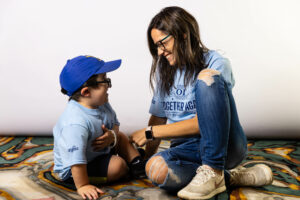
Please click the session titles below to watch session recordings.
Opening Session
*Keynote address will be available soon!*
Understanding and Managing Pain in OI
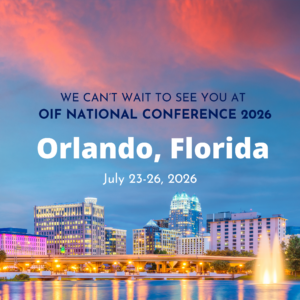
OIF National Conference 2026 will take place at the Rosen Centre Hotel in Orlando, Florida!
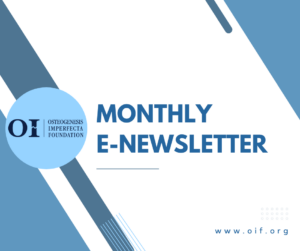
The July issue of OIF E-News is here! Read about the OIF National Conference, OIF Board of Directors Updates, OI research updates, and upcoming OIF Events at https://mailchi.mp/oif/july2024!
The OIF National Conference is this weekend!
From July 19th – 21st, members of the OI community will come together for three days of specialized sessions on managing OI, panels on living well with OI, peer to peer sessions, and fun social events for attendees of all ages! If you are joining us in Omaha, we can’t wait to see you!
Unable to attend? Click on the session titles below to register to join us virtually on Zoom!
Opening Session (Friday, July 19, 2024 3:30 PM Central Time)
Research Update (Saturday, July 20, 2024 9:00 AM Central Time)
Plenary Session: Understanding and Managing Pain in OI (Sunday, Jul 21, 2024 9:00 AM Central Time)